Table of Contents
Quality Service Guarantee Or Painting Free

Get a rental agreement with doorstep delivery

Find the BEST deals and get unbelievable DISCOUNTS directly from builders!

5-Star rated painters, premium paints and services at the BEST PRICES!
Loved what you read? Share it with others!


Submit the Form to Unlock the Best Deals Today
Help us assist you better
Check Your Eligibility Instantly

Experience The NoBrokerHood Difference!
Set up a demo for the entire community
Tax on 7 Lakh Income: Tips to Maximise Savings and Pay Zero Tax
Table of Contents
If you earn ₹7 lakhs annually, you might wonder how much tax you need to pay. The tax on 7 lakh income can vary depending on the tax regime you choose. Recent changes in tax laws have introduced options that allow you to pay no tax on ₹7 lakhs of income if you select the right regime.
This article will guide you through the steps you need to take, the benefits available, and how you can make the most of the tax-saving opportunities. By understanding your options, you can ensure you make smart financial decisions.
Simple Tax Strategies for Salary Above 7 Lakhs
If you earn more than ₹7 lakhs, planning your taxes wisely can help you save. The new tax regime, introduced in 2023-24, allows individuals earning up to ₹7 lakhs to pay zero tax. This is due to the ₹25000 rebate under Section 87A, making it an attractive option if you don’t want to worry about deductions.
Quality Service Guarantee Or Painting Free

Get a rental agreement with doorstep delivery

Find the BEST deals and get unbelievable DISCOUNTS directly from builders!

5-Star rated painters, premium paints and services at the BEST PRICES!
However, if you prefer the old tax regime, you can reduce your tax by investing in tax-saving schemes. Options like PPF (Provident Fund), NPS (National Pension Scheme) and insurance plans allow you to claim deductions under Section 80C.
Evaluate both regimes based on your financial needs to pick the most beneficial one.
Clear Guide to 7 Lakh Tax Slabs & Exemptions
For those earning ₹7 lakhs or more, understanding tax slabs & exemptions can help you save money on taxes.
New Tax Regime (2023-24)
In the new tax regime, tax rates are simpler but have fewer deductions. Here are the slabs:
- Income up to ₹3 lakhs: No tax
- Income between ₹3 lakhs and ₹7 lakhs: 5% tax, but with the Section 87A rebate, no tax is payable for income up to ₹7 lakhs
- Income between ₹7 lakhs and ₹10 lakhs: 10% tax
- Income between ₹10 lakhs and ₹12lakhs: 15% tax
- Income between ₹12 lakhs and ₹15 lakhs: 20% tax
- Income above ₹15 lakhs: 30% tax
The rebate under Section 87A applies to income up to ₹7 lakhs, meaning you can enjoy zero tax if your taxable income falls within this range.
Old Tax Regime (2023-24)
The old tax regime provides similar tax slabs but offers the benefit of claiming multiple deductions and exemptions:
- Income up to ₹2.5 lakhs: No tax
- Income between ₹2.5 lakhs and ₹5 lakhs: 5% tax
- Income between ₹5 lakhs and ₹10 lakhs: 20% tax.
- Income above ₹10 lakhs: 30% tax
In the old regime, you reduce your taxable income by claiming deductions like:
- Section 80C: Deductions up to ₹1.5 lakhs for investments in PPF, NPS and life insurance
- Section 80D: Deductions for health insurance premiums
- Other exemptions include House Rent Allowance (HRA), Leave Travel Allowance (LTA), and more.
Choose the Right Tax Regime
When deciding between the old and new tax regimes, it’s important to consider your financial situation. The new tax regime offers simplicity. Income up to ₹7 lakhs is tax-free due to the rebate under Section 87A. This option is great if you don’t want to track deductions and exemptions.
On the other hand, the old regime provides more opportunities for tax savings. If you invest in options like PPF or NPS or have insurance premiums to claim under Section 80C, the old regime might work better. It also allows you to claim HRA, health insurance deductions and other exemptions.
Choosing the right regime depends on your income and investment plans. Take time to compare both options to make the best decision for your needs.
Maximise Your Tax Deductions
If you choose the old tax regime, using deductions can lower your tax. You can claim Section 80C deductions for investments in PPF, NPS or life insurance premiums. These investments help you save up to ₹1.5 lakh on your taxable income.
You can also save tax with Section 80D, which allows deductions on health insurance premiums. This helps protect your health and saves you money.
Other options like House Rent Allowance (HRA) and Leave Travel Allowance (LTA) also reduce your taxable income. With these deductions, you can keep more of your earnings. Always check what deductions you can claim to make the most of your tax savings.
Take Advantage of Additional Tax Benefits
In the old tax regime, there are extra benefits that can help you pay less tax. For example, if you get voluntary retoremmet benefits or a gratuity, you can claim special exemptions. This means you don’t have to pay tax on that part of your income.
If you move for work or travel for business, you can also get relocation allowances or travel expense benefits. These help lower your taxable income and save you money.
Make sure to use these extra benefits to reduce your taxes even more. Always check which ones you can claim based on your situation.
Invest in Different Options to Save More
To save more on taxes, it helps to put your money in different places. Instead of just one option, you can invest in things like Equity Linked Savings Schemes (ELSS), tax-saving fixed deposits, and life insurance policies. These can give you both tax benefits and help your money grow.
Spreading your investments is smart. It lowers your risk and helps you get the most out of your tax savings. Make sure to pick the right options based on your needs.
Important Details About ₹7 Lakh Income Tax
If you earn ₹7 lakhs a year, you can lower your tax by using different options. You can save on taxes by using benefits like gratuity, retirement payouts, and relocation allowances. These options reduce how much of your income gets taxed.
It is also important to plan for any extra income you might get, like bonuses, to avoid paying more tax than needed. By using the right methods, you can pay less tax and keep more of your earnings.
How to Keep ₹7 Lakh Salary Tax-Free?
Earning ₹7 lakhs a year can be tax-free if planned well. While the new tax rules make sure no tax is paid on this amount, it can push you into a higher tax bracket.
To keep your income tax-free, you can invest in plans like the National Pension System (NPS). This helps lower taxable income and secure your financial future. Other options, such as gratuity exemptions, can also reduce how much tax you owe if your salary increases.
By thinking ahead and making smart choices, you can ensure your ₹7 lakh salary remains tax-free, even if you earn more in the future.
Explore New Tax-Saving Options
Besides the common schemes, there are other ways to save on taxes. Tax-free bonds are a great option. They offer interest without tax on the returns, which helps you earn while saving on taxes.
For those closer to retirement, the Senior Citizen’s Savings Scheme (SCSS) provides good returns and tax benefits. It’s a secure option that helps reduce your taxable income. By choosing these less common options, you can lower your taxes and grow your savings safely.
Ensure Correct Tax Return Filing
Filing your tax return on time is important to avoid penalties. Always check your Form 26SA to ensure the tax deducted by your employer or bank matches what’s reported in your return.
Make sure to choose the right tax form for your income. Using the wrong form can cause errors and delays. If you earn from multiple sources, report all income correctly. Lastly, complete the e-verification process after filing. This step confirms your return and ensures it’s processed smoothly.
How NoBroker Can Assist You?
NoBroker can make dealing with taxes and legal matters easier. If you are unsure about tax on a 7 lakh income or need help with legal services, our team is here for you. We offer expert guidance to help you with taxes, property paperwork, and other legal issues. NoBroker’s legal services ensure you get the right support when you need it. Contact us if you need help with any legal matter, and we will make the process simple and stress-free.
Frequently Asked Questions
Ans: Yes, under the new tax regime, income tax on 7 lakhs salary is zero, thanks to the Section 87A rebate.
Ans: To save tax for a salary above 7 lakhs, you can invest in schemes like PPF and NPS or use deductions under Sections 80C and 80D.
Ans: By choosing the new tax regime and claiming the Section 87A rebate, you can pay zero tax up to 7 lakhs.
Ans: The new tax regime is better for 7 lakhs as it offers zero tax with the Section 87A rebate.
Ans: You can save income tax on salary by investing in tax-saving schemes like PPF and NPS or claiming deductions under Section 80C.
Recommended Reading

Nagpur Property Tax: Online Bill Payment, Receipt Download and Tax Calculator in 2025
January 28, 2025
19264+ views
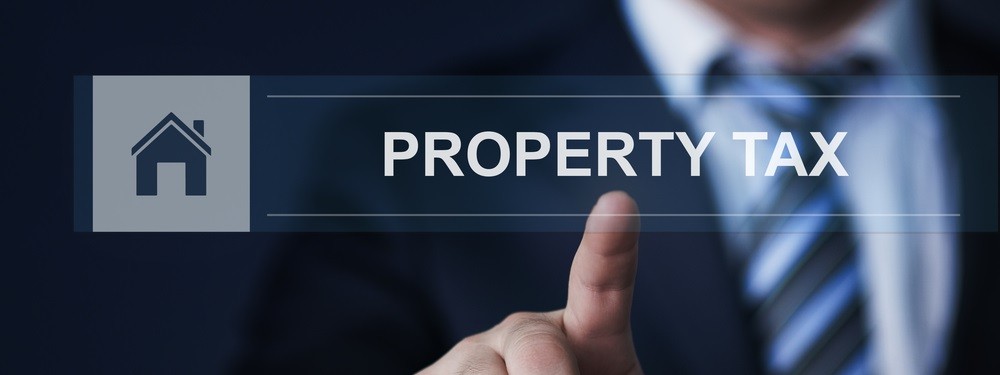
How to pay BBMP property tax online and offline, view the bill, and download the receipt in 2025?
January 23, 2025
9257+ views

GHMC Property Tax: How to Calculate and Pay Tax Online?
January 22, 2025
14146+ views
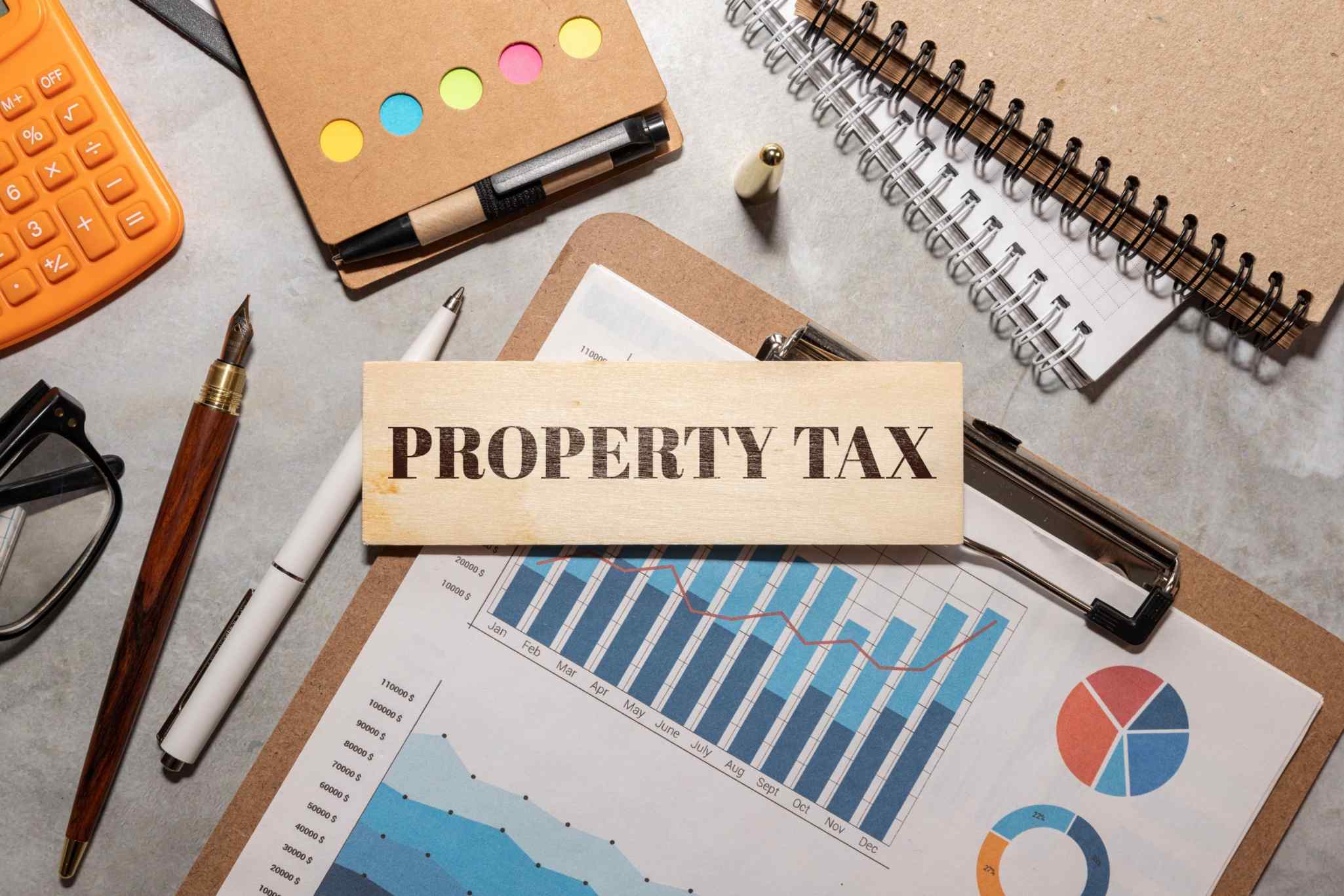
How to pay Assam property tax online and offline, view the bill, and download the receipt in 2025?
January 18, 2025
2028+ views

Noida's Property Tax Laws: The Ultimate Guide
January 16, 2025
5998+ views
Loved what you read? Share it with others!
Most Viewed Articles
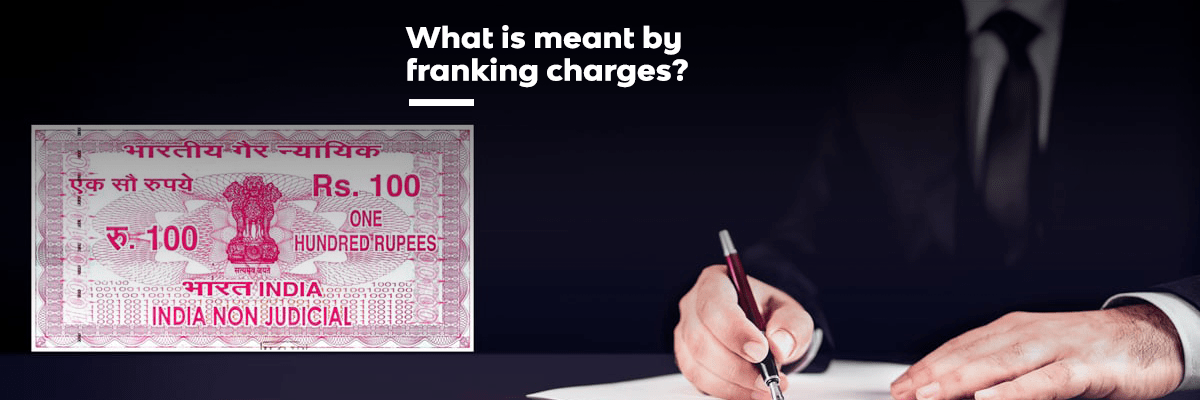
Franking Charges Explained: Meaning and Benefits
December 31, 2024
1046746+ views

What is the BBMP E-Khata Registration process for property owners in Bangalore, Karnataka in 2025?
January 16, 2025
83422+ views

Supreme Court Verdict on Society Maintenance Charges
December 17, 2024
72313+ views
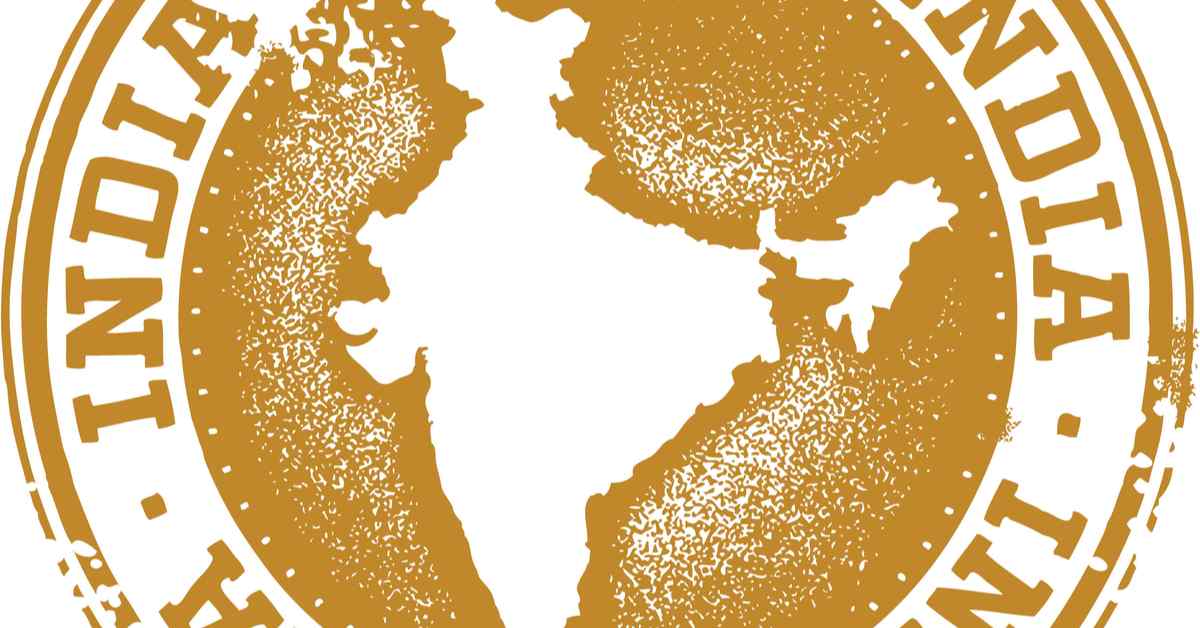
All You Need to Know about Revenue Stamps
December 17, 2024
60820+ views
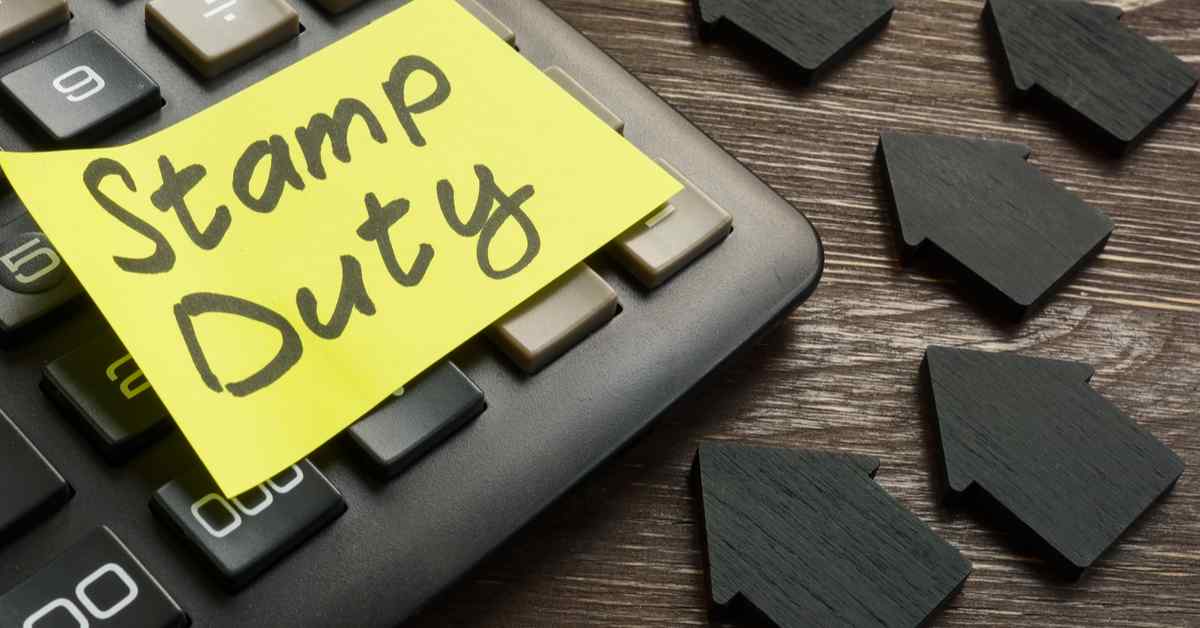
Stamp Duty and Registration Charges in Bangalore in 2025
January 23, 2025
53056+ views
Recent blogs in
Nagpur Property Tax: Online Bill Payment, Receipt Download and Tax Calculator in 2025
January 28, 2025 by Nivriti Saha
Stamp Duty and Property Registration Charges in Mumbai 2025
January 23, 2025 by Kruthi
What are the current Stamp Duty and Property Registration Charges in Karnataka for 2025?
January 23, 2025 by Prakhar Sushant
Stamp Duty and Registration Charges in Bangalore in 2025
January 23, 2025 by Vivek Mishra




Join the conversation!